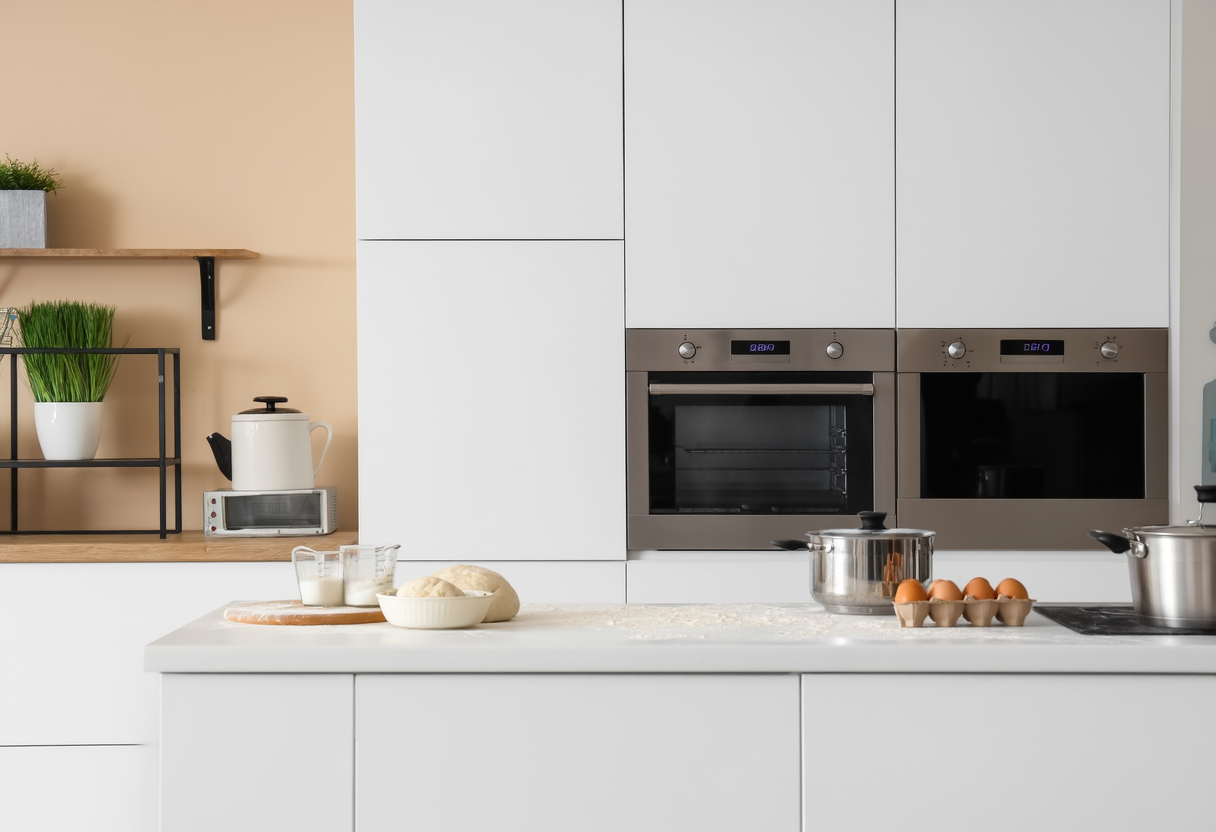The Ultimate Guide to Choosing the Right Ovens for Your Kitchen
Selecting the ideal ovens for your kitchen can be overwhelming, given the variety available on the market today. From conventional to convection and even microwave ovens, each option brings unique features. This guide provides insights into how to choose the right oven, taking into account factors like size, energy efficiency, and cooking preferences, ensuring you make an informed decision that meets your culinary needs.
Understanding Different Types of Ovens
When considering ovens, it's crucial to understand the various types available. Traditional ovens, often referred to as conventional ovens, utilize radiant heat from heating elements located at the top and bottom. On the other hand, convection ovens circulate hot air, resulting in more even cooking and reduced cooking times. Additionally, you may encounter wall ovens that save space while providing versatility. Each of these ovens offers distinct advantages, and your choice should align with your cooking style and space constraints.
Size and Space Considerations for Ovens
Space in your kitchen plays a significant role in choosing the right ovens. Before making a purchase, measure the area where the oven will reside. Standard sizes for ovens vary, but many are about 30 inches wide. If you have limited space, consider compact models or built-in options. Moreover, keep in mind the cooking capacity; ensuring the oven can accommodate your family's needs, whether it's for baking large meals or multiple trays at once is vital for efficient kitchen management. Maintaining functionality without compromising on style is essential.
Energy Efficiency in Ovens
Energy efficiency is an increasingly important factor when selecting ovens. Not only does it impact your energy bills, but it also contributes to environmental conservation. Many modern ovens come equipped with energy-saving features and ratings, such as Energy Star certifications. Look for ovens with better insulation, which reduces heat loss, enhancing performance while using less energy. Investing in energy-efficient ovens can lead to significant long-term savings and a more sustainable kitchen environment.
Advanced Features and Modern Technologies
Today's ovens are equipped with advanced features designed to enhance the cooking experience. Smart ovens, for instance, allow you to control them via smartphone apps, providing convenience and flexibility. Additional functionalities such as self-cleaning, steam cooking, and temperature probes can make cooking more enjoyable and less labor-intensive. While considering these features, ponder which ones align with your cooking habits and how they can improve your overall kitchen experience.
Price Range and Budgeting for Ovens
The budget is a critical aspect to consider when purchasing ovens. Prices can range significantly based on brand, type, and features. Basic ovens can be relatively inexpensive, while high-end models with advanced features may set you back several thousand dollars. It’s essential to establish a budget beforehand and compare different models within that range to find the best option without overspending. Remember that higher prices do not always guarantee better performance; it's about finding the right balance for your needs.
Conclusion: Making an Informed Choice on Ovens
In conclusion, choosing the right ovens for your kitchen encompasses much more than simply picking a model off the shelf. By understanding the different types, considering space, evaluating energy efficiency, and recognizing the latest technological advancements, you can make an informed decision tailored to your culinary preferences. Additionally, maintaining a budget ensures your investment is sustainable while still fulfilling your kitchen needs. Take your time, do the research, and select ovens that transform your cooking experience.
